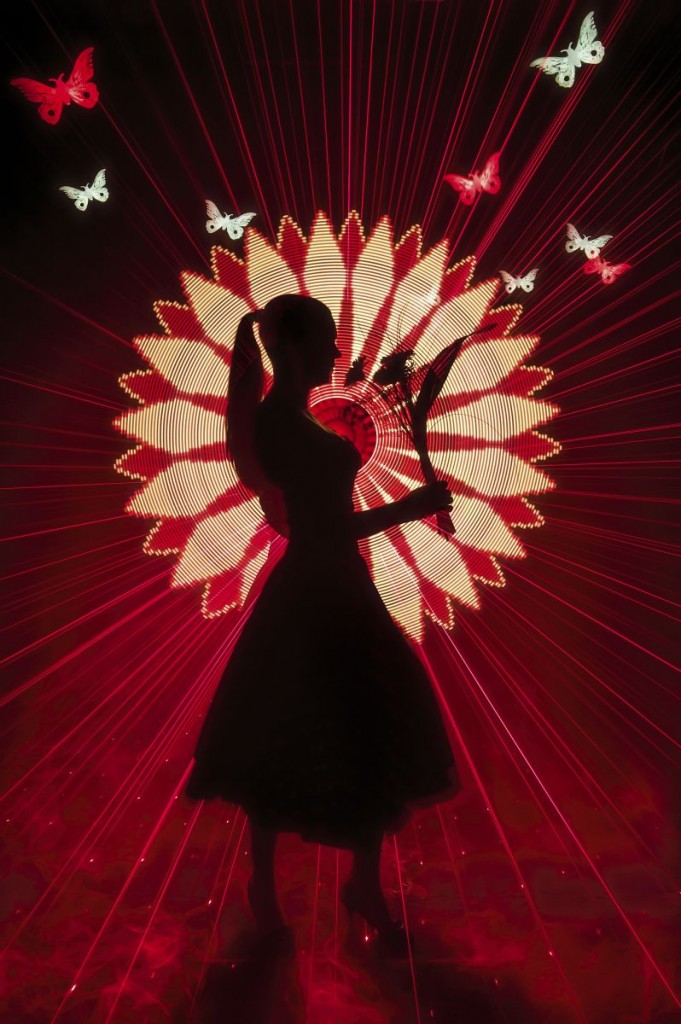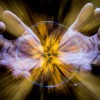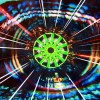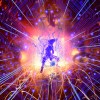And the winner for the January 2016 Light Painting Contest Themed “Flowers” is… Marcel Fuhrmann and his light painting group Aurora Movement from Berlin who worked together to create the winning image entitled “Valentine”! Aurora Movement have only been light painting for one year they said they started with just a candle and now its a big part of their lives. They used many different tools to create this impressive Light Painting all in a single exposure. The tools Aurora Movements used including El-Wire, a Red Laser Pen, Blinky Tape, a Butterfly Stencil, a Flashlight and lots of fog.
Aurora Movement said this about the shot “The exposure time was 279 seconds with ISO 100 and variable aperture. We started with the butterfly stencil mounted on a P7 QC LED flashlight so that our model Xenija didn’t have to hold still for the whole time. Next Xenija positioned herself in front of the rotating disc with a programmable LED stripe by Blinky Labs attached to it. The flower bitmap was created in ‘Pattern Paint’. We used EL-Wire for the fog-like look above ground but used artifical fog for the entire room to emphasize the red laser beams. After practicing the choreography it was pretty easy to get the picture. The hardest part was for Xenija, because she had to hold still for almost three minutes.”
Check out more of Aurora Movements excellent light painting work at these links:
Facebook:
www.facebook.com/Aurora-Movement-859308900824449/
Flickr:
http://www.flickr.com/photos/auroramovement/
500px:
https://500px.com/auroramovement
For this fabulous creation Aurora Movement will receive a LPP prize pack filled with treasures from our sponsors below.
Click here to see the current contest theme and find out how to enter to win your LPP prize pack!

















































































































